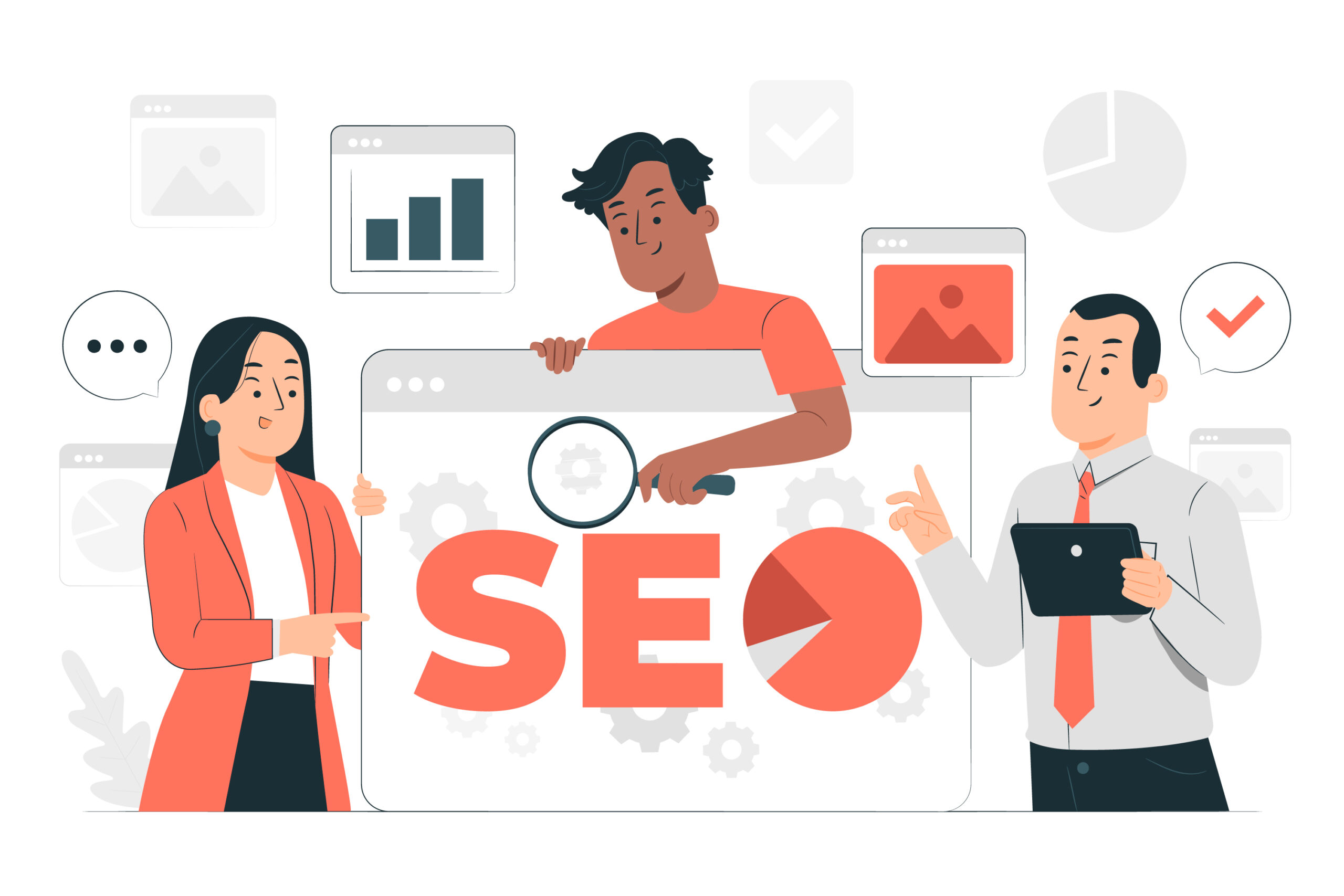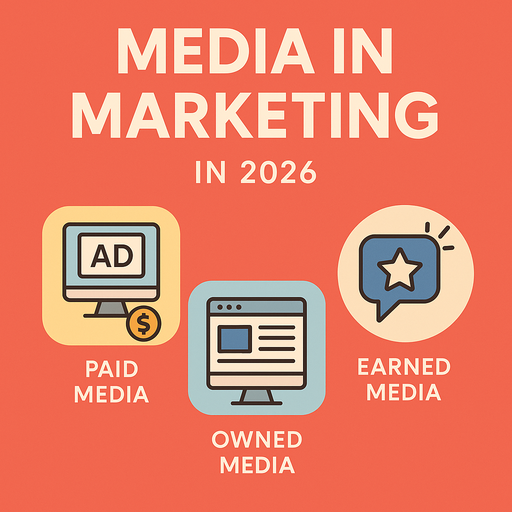Search engine algorithms keep evolving, but one thing is clear: on-page SEO remains as crucial as ever. While new tools and strategies come and go, the fundamentals of on-page SEO tactics, such as optimizing your site’s content and structure, continue to drive sustainable organic growth.
Whether you’re managing a blog, running an eCommerce store, or scaling a SaaS business, mastering these time-tested on-page SEO techniques is essential to staying visible and competitive in 2025.
1. High-Quality, Intent-Driven Content
Google’s algorithms have become more sophisticated, yet their core mission hasn’t changed: deliver the most relevant and helpful content based on a user’s intent.
To win in 2025, focus on:
-
Addressing search intent (informational, navigational, transactional)
-
Prioritizing clarity, structure, and value
-
Updating outdated content to stay fresh and competitive
Pro Tip: Use tools like AlsoAsked or SEMrush’s Keyword Magic Tool to discover related questions and subtopics based on real user intent.
2. Optimized Title Tags & Meta Descriptions
Click-through rate (CTR) still plays a significant role in ranking. Your title tag and meta description are the first things users see on the search engine results page (SERP), so make them count.
Best practices:
-
Place your primary keyword near the front of the title
-
Write engaging copy that sparks curiosity and encourages clicks
-
Keep title tags under 60 characters
-
Meta descriptions should be 150–160 characters, with a strong call to action (CTA)
Example:
✅ “Top On-Page SEO Strategies in 2025 [That Actually Work]”
❌ “SEO Strategies”
3. Header Tags That Organize & Optimize
Proper use of header tags (H1, H2, H3, etc.) improves both user experience and crawlability for search engines.
-
Use one H1 tag per page (typically your main title)
-
Structure your content with H2s and H3s to create a clear hierarchy
-
Naturally incorporate relevant keywords into your headings
Organized content is easier to read and scan, both for users and search engines.
4. Purposeful Internal Linking
Internal links do more than guide users—they also distribute link equity and support deeper engagement.
Tips for smart internal linking:
-
Link to related articles, cornerstone content, or product pages
-
Use descriptive anchor text (avoid “click here”)
-
Ensure important pages receive multiple internal links
Despite being simple, internal linking remains one of the most underutilized but powerful on-page SEO strategies in 2025.
5. Image Optimization & Visual SEO
Images enhance your content, but they need to be optimized for both speed and discoverability.
Key practices include:
-
Compress images to reduce load time
-
Use descriptive file names and alt text with keywords
-
Implement lazy loading to improve user experience
As Google Lens and visual search continue to grow, properly optimized images can also drive search traffic.
6. URL Structure & Clean Permalinks
A clean, readable URL improves UX and helps search engines understand page content.
Do:
-
Keep URLs short (under 60 characters)
-
Use hyphens (-) instead of underscores (_)
-
Avoid filler words like “and,” “the,” or “of”
Bad:www.example.com/blog?id=47328
Good:www.example.com/seo-strategies-2025
7. Core Web Vitals & Mobile Optimization
In 2025, Google’s emphasis on page experience signals like Core Web Vitals makes performance optimization a must.
Focus on:
-
Fast loading times
-
Interactivity and visual stability
-
Mobile responsiveness
Use tools like Google PageSpeed Insights or Lighthouse to identify and fix performance issues. With mobile-first indexing, a poor mobile experience can seriously hurt your rankings.
Final Thoughts
While AI, voice search, and algorithm updates dominate the headlines, the core of on-page SEO tactics hasn’t changed it’s just become more user-centric.
To succeed in 2025, you don’t need to chase every trend. Instead, master the basics, adapt them to current standards, and always prioritize user value. By doing so, your content and your rankings will stand the test of time.









